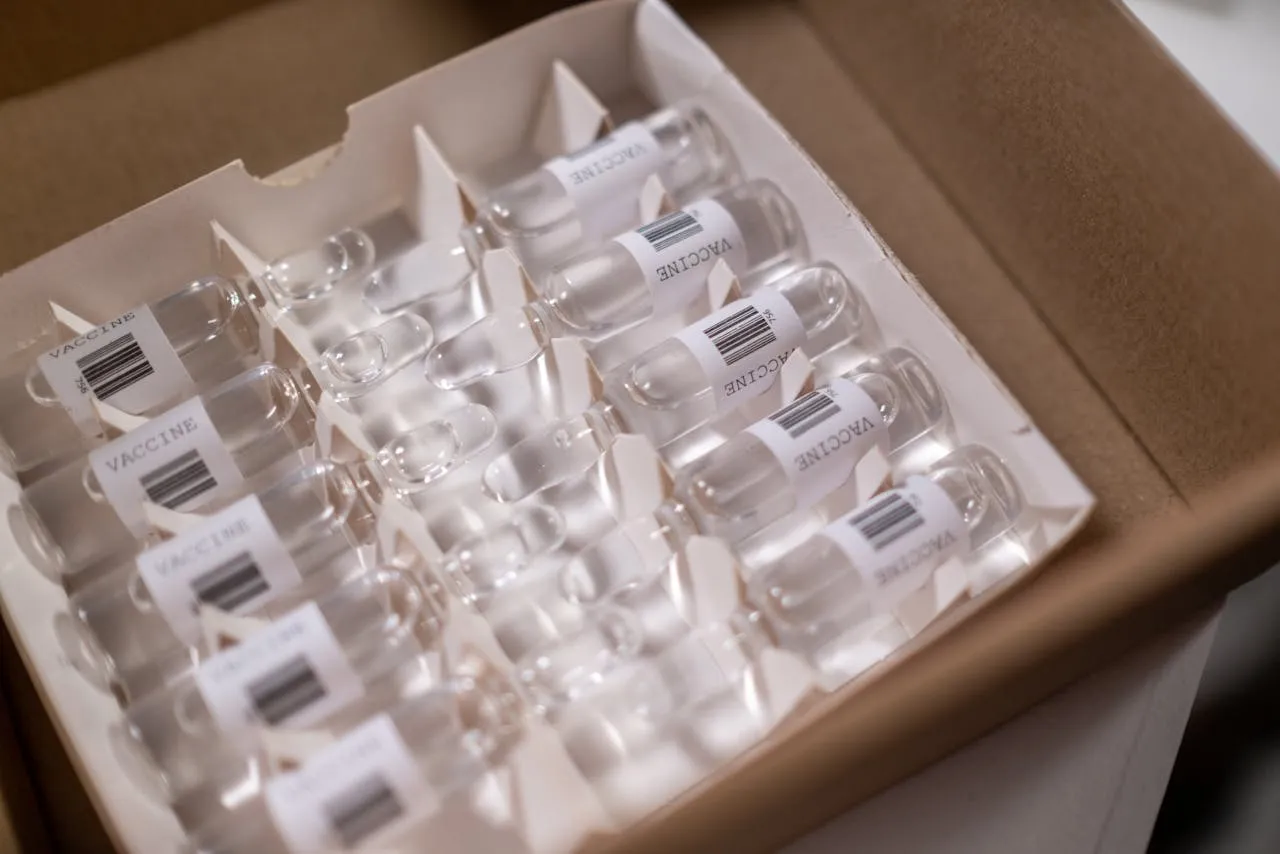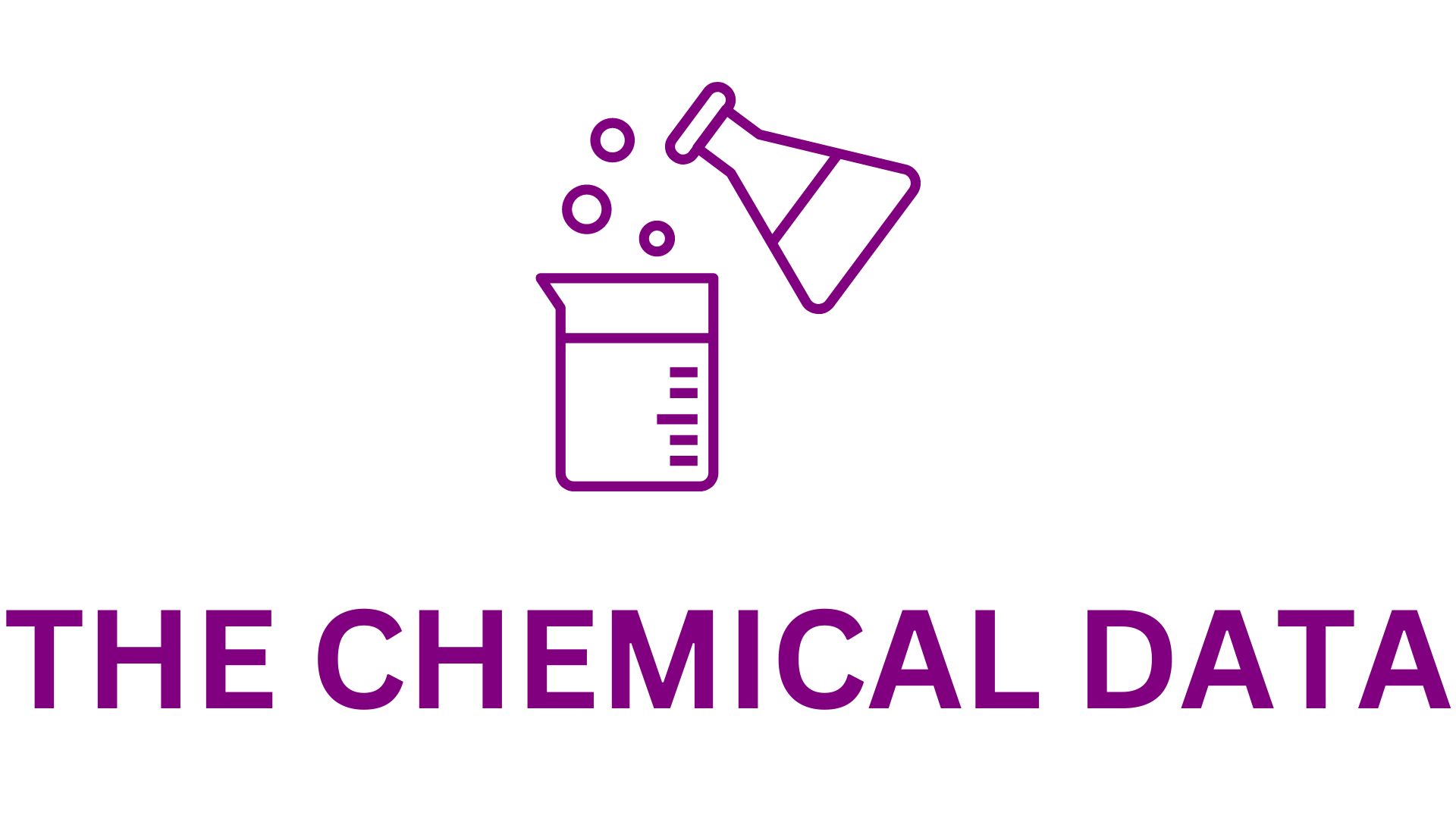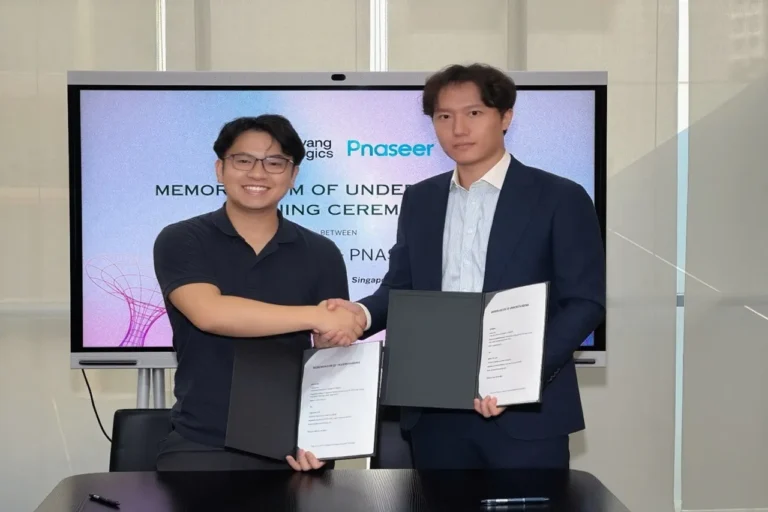
Three-Year Efficacy & Safety of Eylea™ 8 mg in Wet AMD with Extended Dosing
Bayer and its collaboration partner Regeneron have presented new data from the open-label extension study of the clinical trial PULSAR, which investigates the long-term efficacy and safety of Eylea™ 8 mg (aflibercept 8 mg, 114.3 mg/ml solution for injection) in patients with neovascular (wet) age-related macular degeneration (nAMD). The results, unveiled at the 22nd Annual Angiogenesis Meeting in Miami, USA, provide compelling evidence of the durability of Eylea 8 mg in managing nAMD over three years. The findings underscore the drug’s ability to maintain visual acuity gains and effective fluid control while demonstrating an overall favorable safety profile.
Sustained Visual Acuity Gains and Fluid Control at Three Years
The results from the PULSAR trial highlight that patients treated with Eylea 8 mg experienced sustained improvements in visual acuity and effective fluid control through the three-year mark. Among patients randomized to Eylea 8 mg, the vast majority achieved extended dosing intervals, which means they required fewer injections over time while maintaining effective disease management.
At the conclusion of the three-year study, 40% of the patients randomized to Eylea 8 mg had a last assigned dosing interval of ≥ 5 months, while 24% had an interval of 6 months. This outcome suggests that a significant proportion of patients can achieve long treatment intervals with Eylea 8 mg, reducing the burden of frequent injections typically associated with managing nAMD. The study also showed that reductions in mean central retinal thickness (CRT) from baseline were robustly maintained throughout the three years.
Professor Tien Y. Wong, a leading ophthalmologist from China, expressed enthusiasm for these findings: “We are excited about the reassuring long-term data of Eylea 8 mg, which spotlight that a substantial proportion of patients can experience benefits of long treatment intervals with just one injection of Eylea 8 mg every 6 months. Based on the positive data, I am confident that Eylea 8 mg has the potential to become the new standard of care in retinal diseases.”
Addressing the Growing Need for Durable Treatments
With the global population aging and the incidence of wet age-related macular degeneration on the rise, there is an increasing demand for treatments that offer both efficacy and durability. Extended treatment intervals are particularly important for elderly patients who may struggle with frequent clinic visits for injections.

Christine Roth, Executive Vice President of Global Product Strategy and Commercialization, and a Member of the Pharmaceuticals Leadership Team at Bayer, highlighted the significance of these results: “With an aging population and a rising prevalence of wet age-related macular degeneration, there is an urgent need for more durable treatments. We are delighted that long-term results for Eylea 8 mg have demonstrated its potential in addressing this important need for patients, caregivers, and ophthalmologists.”
Long-Term Safety Profile and Comparability to Eylea 2 mg
Another crucial aspect of the study was the continued evaluation of Eylea 8 mg’s safety profile. The findings indicate that the safety profile of Eylea 8 mg remains favorable and aligns with the well-established safety record of Eylea 2 mg. Importantly, no new safety signals emerged in any of the treatment groups throughout the three-year study period.
The trial also included patients randomized to Eylea 8 mg every 3 or 4 months (12 or 16 weeks) and those who switched from Eylea 2 mg to Eylea 8 mg. Across these groups, the rates of ocular treatment-emergent adverse events were comparable. Notably, no cases of occlusive vasculitis were reported, and the incidence of intraocular inflammation was low, with only 2.4% of patients who switched to Eylea 8 mg experiencing this adverse event, compared to 1.9% in patients originally randomized to Eylea 8 mg at baseline.
These findings reinforce that Eylea 8 mg provides a strong balance between efficacy and safety, offering an alternative that reduces treatment frequency while maintaining effectiveness. For patients and ophthalmologists, this means a lower disease burden without compromising therapeutic benefits.
Implications for the Future of nAMD Treatment
The results of the PULSAR trial position Eylea 8 mg as a potential new standard of care for nAMD. The ability to extend treatment intervals without sacrificing efficacy or safety is a significant advancement in the field of retinal disease management.
Eylea 8 mg is currently the only anti-VEGF treatment approved for treatment intervals of up to 5 months for both nAMD and diabetic macular edema (DME) in the European Union, United Kingdom, and various other markets. This regulatory approval further solidifies its role as a transformative option in the landscape of ophthalmic therapies.
Bayer and Regeneron have jointly developed Eylea 8 mg (marketed as Eylea HD in the United States). While Regeneron retains exclusive rights to Eylea 2 mg and Eylea HD in the United States, Bayer holds the exclusive marketing rights for Eylea 8 mg outside the U.S., with both companies sharing equally in the profits from global sales.
The three-year results from the PULSAR trial affirm the robust and durable efficacy of Eylea 8 mg in patients with nAMD. The drug’s ability to sustain visual acuity gains, control fluid levels, and extend treatment intervals without compromising safety makes it a promising long-term solution for patients and healthcare providers alike.
As the prevalence of wet age-related macular degeneration continues to grow, the need for more effective and less burdensome treatment options becomes increasingly evident. Eylea 8 mg represents a crucial step forward in addressing this need, providing patients with a high level of disease control while reducing the number of necessary injections. This advancement is expected to enhance quality of life for patients, lessen the burden on caregivers, and optimize treatment workflows for ophthalmologists.
The continued monitoring of Eylea 8 mg in real-world settings and further clinical studies will help solidify its position as a leading treatment option for retinal diseases. For now, the data from PULSAR offer a strong foundation for its adoption as a standard-of-care therapy, reaffirming its role in the future of ophthalmology.







